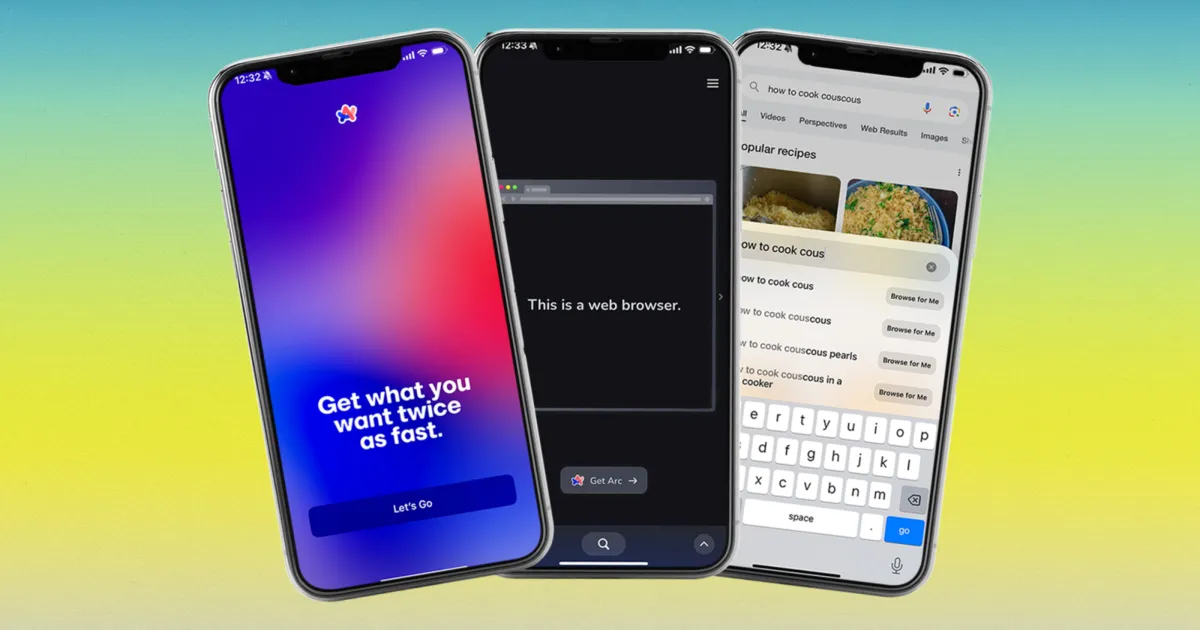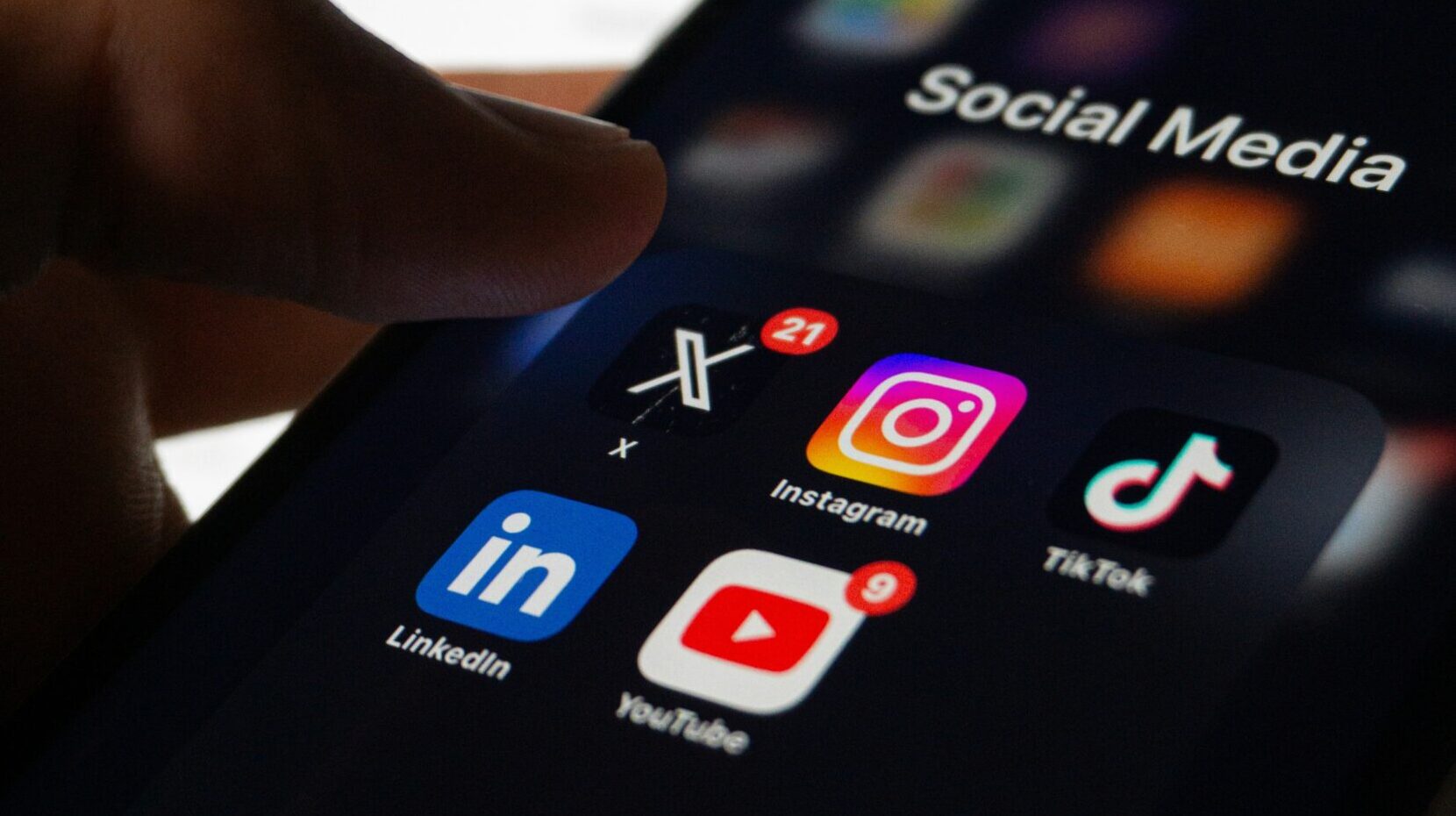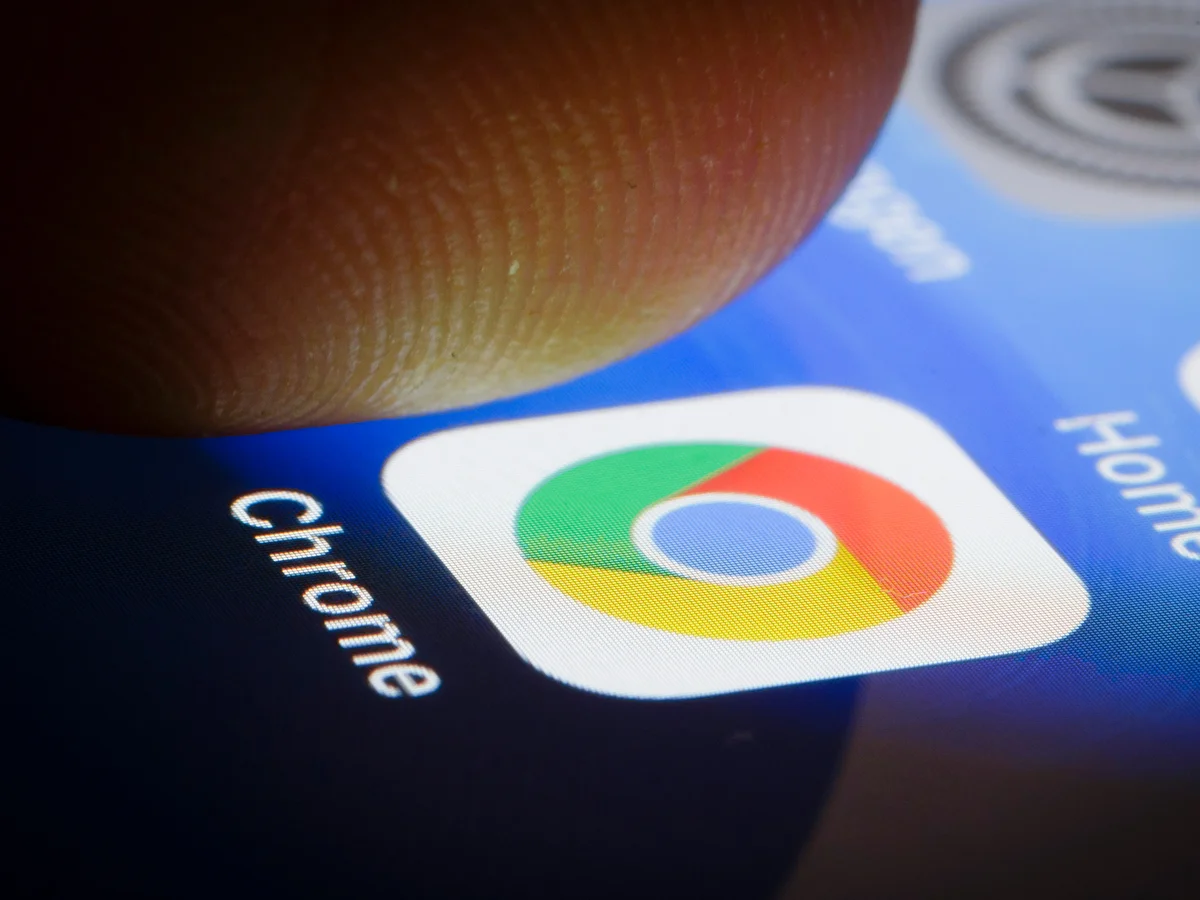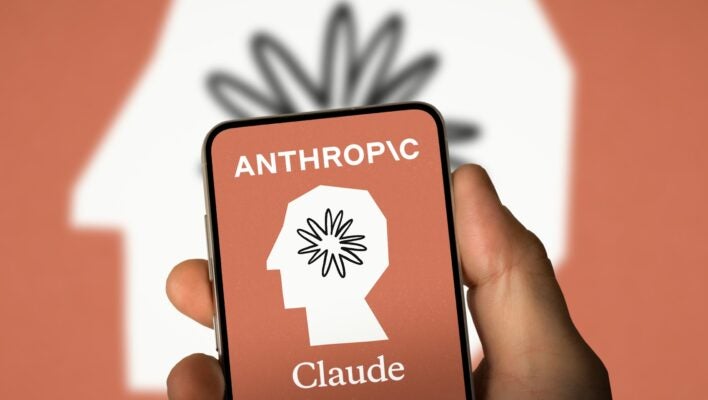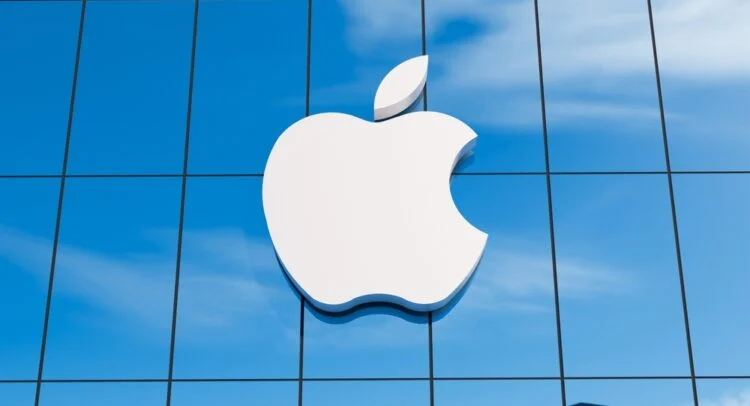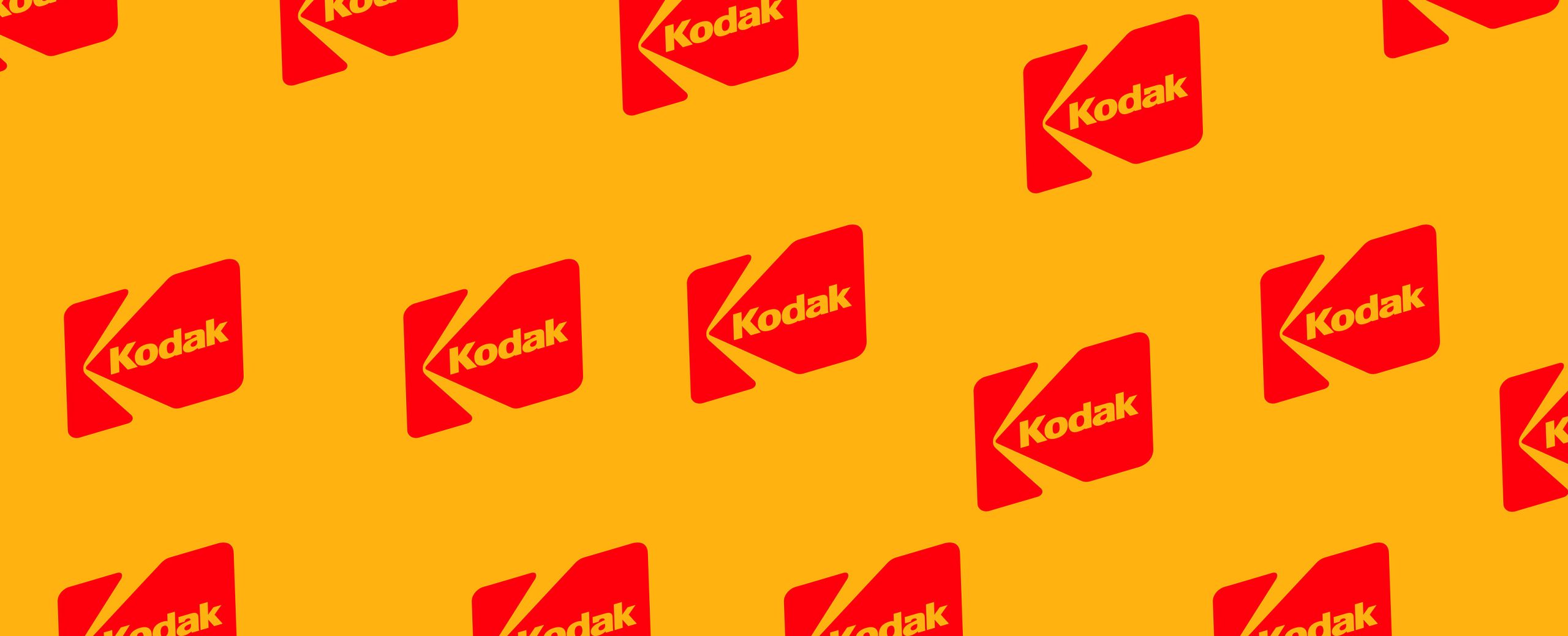
Is Kodak Shutting Down Forever?
Kodak, the 133-year-old photography icon, isn’t going anywhere. Recent reports raised alarms about its future, but the company says it’s got a plan. A regulatory filing this week flagged concerns about Kodak’s ability to cover $500 million in looming debt. However, Kodak’s fighting back, promising to tap its pension fund to clear a big chunk of that debt and keep the business running strong.
A Rocky Moment for Kodak
On Monday, Kodak’s filing sent shivers through investors. It warned that the company lacked the financing to meet $500 million in debt obligations due soon. For a brand synonymous with photography, this sparked fears of a potential collapse. After all, Kodak’s had its share of struggles, from filing for bankruptcy in 2012 to pivoting away from its film legacy. Could this be the end for the Rochester-based giant?
Not so fast. Kodak’s Denisse Goldbarg, CMO and Head of EAMER Sales, told The Verge the company’s ready to tackle the problem head-on. By drawing on its pension fund, Kodak aims to stay afloat and come out stronger. The filing’s “going concern” warning? Just a technicality, Goldbarg says, required because the debt’s due within a year.
The Pension Fund Plan
Kodak’s strategy hinges on its U.S. pension fund, known as the Kodak Retirement Income Plan (KRIP). The company expects to pull about $300 million from KRIP in December to pay off a significant portion of its term loan. This move, Goldbarg explains, will happen well before the debt comes due. Kodak also plans to amend, extend, or refinance what’s left of its debt and preferred stock obligations.
However, there’s a catch. The KRIP withdrawal isn’t entirely in Kodak’s control, and U.S. accounting rules don’t consider it “probable” yet. That’s why the filing included the “going concern” language, raising red flags. But Goldbarg’s confident. Once the pension funds come through, she says, Kodak will be “virtually net debt free” with a healthier balance sheet than it’s had in years.
- Key Points About Kodak’s Plan:
- Kodak faces $500 million in debt obligations but plans to pay off a large portion.
- The company will use $300 million from its U.S. pension fund (KRIP) in December.
- The “going concern” warning in the filing is due to accounting rules, not imminent failure.
- Kodak aims to amend or refinance remaining debt for a stronger financial position.
- If successful, Kodak expects to be nearly debt-free with a robust balance sheet.
Why This Matters
Kodak’s been through tough times before. Its shift from film to digital imaging and other ventures hasn’t always gone smoothly. Yet, the company remains a cultural touchstone, with its name still evoking nostalgia for photography’s golden age. This debt plan is a critical test. If Kodak pulls it off, it could mark a turning point, proving the company’s resilience in a fast-changing industry.
The pension fund strategy isn’t without risks. Tapping KRIP depends on external approvals, and any hiccups could complicate things. Still, Goldbarg’s optimism suggests Kodak’s leadership believes in the plan. Success here could quiet doubters and give Kodak room to focus on innovation, like its work in industrial printing and chemicals.
What’s Next for Kodak?
For now, Kodak’s holding firm, rejecting rumors of its demise. The company’s headquartered in Rochester, New York, where it’s been a fixture for over a century. This latest move shows Kodak’s not ready to fade away. If the pension fund withdrawal goes as planned, Kodak could enter 2026 in its best financial shape in years.
Investors and fans alike are watching closely. Will Kodak’s gamble pay off, or is this just delaying the inevitable? The company’s history of reinvention suggests it’s got a fighting chance. For now, Kodak’s betting on its pension plan to keep the shutters clicking.
Follow techzips.com for more tech news like this.


